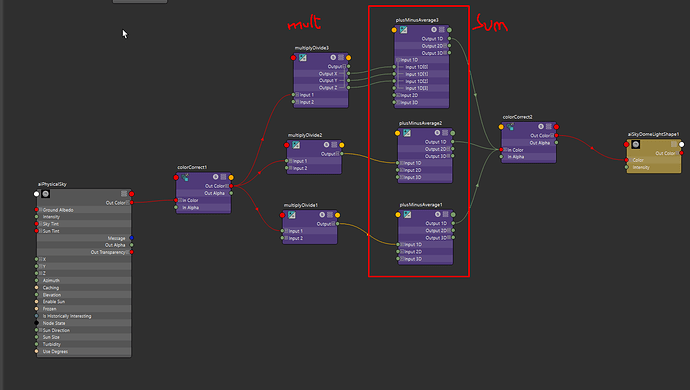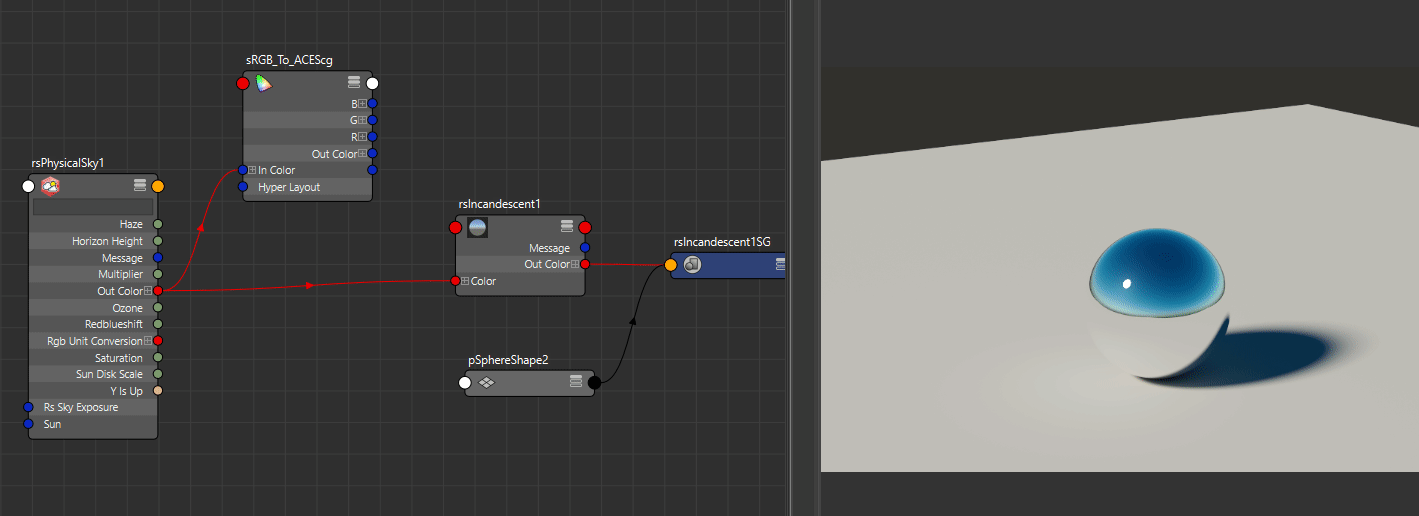Hey y’all we just delivered our first full cg all ACES commercial and while a challenging learning process the results were pretty fantastic. Especially with the artists being able to pump more realistic amounts of light into the scenes, as well as all aspects of the asset development pipeline looking through the same LUT.
That said, in hindsight, and as I gear up on a much larger project, I wonder is there really any advantage to pre-converting all textures and colors in a full CG sequence into ACEScg color space vs keeping it all linear and just comping in ACEScg color space? Currently, we’re rendering with VRay, so we’re either pre-converting textures or using the VRAYOcio map to shift colors and lights into ACEScg color space before rendering. Then we set the frame buffer to ACEScg in and sRGB out so we can look through the ACES LUT that everyone else down the pipe is going to be looking through which is great.
I’m just wondering if its currently worth the hassle converting all of the maps, or inserting the OCIO nodes in our shading networks if we on the CG side could just set the frame buffer to Utility - Linear - Rec709 in and sRGB out. I understand the color primaries are different and in extreme cases of highly saturated lights hitting extremely saturated colors we’d be losing a little something or maybe even introducing some funky / bad math, but as we develop our pipeline I wonder if its worth the ‘risk’. I’m just trying to make my asset and character shaders’ lives a little easier until more DCCs support aces and ocio color management in an artist friendly way. They’re already struggling with understanding the effects of the LUT and why is my blue not fully bright blue anymore. With time they understand the benefits, but it can be a rough learning process for non technical people.
If we just kept all of the colors / texture maps in linear space space we’d still be able to get the nice rolloff of the ACES lut and subsequently pump more light into our scenes. We could then in Nuke, still comp in aces, but interpret the CG as linear, I think it’d save us a lot of time, but I want to make sure we’re not missing anything. I have a feeling this is fine for full CG scenes, but what about when working with plates, we could in theory convert the aces plates to linear, do the cg in linear, and still comp in the expanded color gamut. just as long as we’re all always using the aces lut right? Am I missing something?

